Raise your hand if you have been having some big feelings these last few months! Don’t worry if you are reading this alone, because chances are, all of us are raising our hand in a big YES to this question.
And guess what?! We can slow down the overwhelm of big and hard feelings. Magic happens when you practice alchemy by adding more time noticing the good and gentle feelings. The magic is when we can control the cognitive realm of our Self by adding positive cognitions and more present awareness.
Does that sound hard or give you a headache? 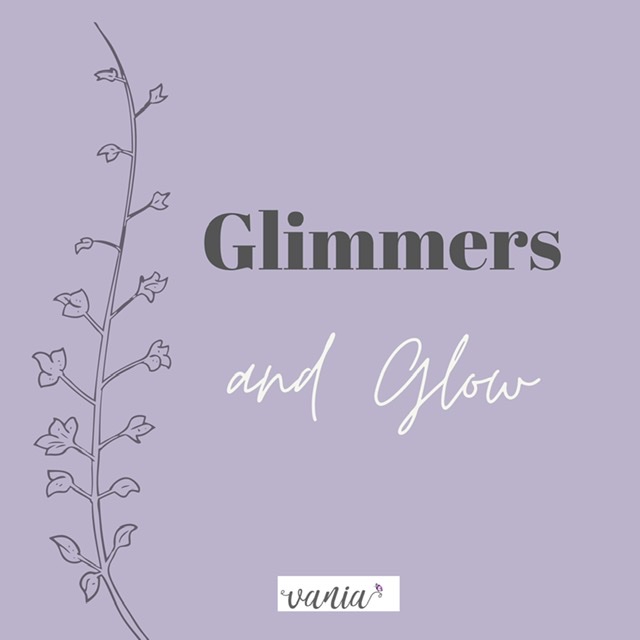 One amazing aspect of our body is the energy it exudes, so we become more intentional or in control of our thoughts. Our body has an energy field called Torus, which is the external expression of our nervous system. Our heart is known to have a donut-shaped (torus) energy. This is that feeling you have when you ‘just have a feeling’ or a gut instinct. I love how this aura permeates from our centre, as it can also symbolize that feeling when we are close to someone meaningful and special to us. It shows up in those butterflies in the stomach or blush on our face. These are some ways we can start to notice the impact of our thoughts and choices, and how they might linger in our body. A beautiful outcome of this energy is the glow we can feel when we are accessing something positive or happy even.
One amazing aspect of our body is the energy it exudes, so we become more intentional or in control of our thoughts. Our body has an energy field called Torus, which is the external expression of our nervous system. Our heart is known to have a donut-shaped (torus) energy. This is that feeling you have when you ‘just have a feeling’ or a gut instinct. I love how this aura permeates from our centre, as it can also symbolize that feeling when we are close to someone meaningful and special to us. It shows up in those butterflies in the stomach or blush on our face. These are some ways we can start to notice the impact of our thoughts and choices, and how they might linger in our body. A beautiful outcome of this energy is the glow we can feel when we are accessing something positive or happy even.
Our body gets impacted by intergenerational trauma and well as more direct experiences of trauma. A traumatic memory starts to linger in the body and becomes so blended that it makes it hard for the person to step outside of the traumatized part. This is when the torus field gets compromised and then impacts our general physical health with continued ailments, health challenges, and continued incidents of trauma. During MRIs, our brain lights up as the colour blue when we feel rested and at peace, and red when it’s in fight or flight, or anxious. We need to find ways to get the brain to be blue, to rest and get to the glow.
When we start to balance or titrate these harder experiences with more pleasant, positive or optimistic ones, we give our body a chance to rest. We then start to heal that part that is still struggling. Our toric field and nervous system starts to heal and notice signs of distress earlier. Taking time to take stock of our energetic somatic level is a great way to start intentionally building an emotional wellness toolkit, especially as the Winter months are coming.
The wonderful work on Polyvagal Theory has brought so much rich goodness to healing and living more embodied, especially during this pandemic. In Deb Dana’s latest book, Polyvagal Exercises for Rest and Connection, she speaks about Glow and Glimmers. Glimmers are the opposite of a trigger; they are the sensations in our body that help us get to a safe and connected zone. Glows are the more sustaining feeling when our Ventral Vagus Nerve is activated. They are the deepened state of feeling calm and connected.
Another beautiful concept of this body of work is the ‘Soul Nerve’, from Resmaa Menakem (the author of the important and pivotal book My Grandmother’s Hands). In his book, he shares that this is where we experience a felt sense of love, compassion, and the full range of emotions as well, like sadness, hope anxiety, disgust, fear, grief. The felt sense lives in our body, in our lizard brain and also is easiest to access near our solar plexus and gut (known sometimes as our second brain). The amygdala aka lizard brain is where our body feels the 4 F’s (flight fight freeze fawn) and respond. We need to intentionally activate the mammalian brain of connection and rest, where we feel vibrant, and relaxed as well.
So, what do we do with all this knowledge of our body and brain? One simple way is to start to have a pleasure practice. Pleasure does not have to have an overtly sexual connotation but rather a more embodied sense of feeling ease and pleasure in a here-and-now moment. For instance, you can meditation, stroke your body in a self-massage, slowly add lotion after a bath or shower, masturbate, do a yoga yin practise, connect with the 5 senses to anchor a good moment in your body, be present, watch a candle burn for a few moments and follow it with your breath.
I recently heard a helpful strategy called the “5 percent Pleasure Rule by Ann Nguyen; find ways to ask yourself how to make an event or activity 5 % more pleasurable than it is right now. Maybe you are eating dinner – can you make it a bit more pleasurable by lighting candles, having a cloth napkin or tablecloth, or maybe it is adding lemon slices to your glass of water. How can you build capacity to ENJOY your day more – this increases pleasure which then tells your body and mind that you are resting and not always activated in flight or fight.
Think about in the bedroom, where you enjoy more sexual and intimate pleasure. Can you surrender a few percent to build up the pleasure muscle? How might that look for you?
The Vagus nerve (as I’ve written about before) is active throughout your body. As it’s known as the second brain in the gut as well as easily accessible in the solar plexus, there are ways to help access it intentionally when you’re feeling activated or under distress. Think of ways to access it now that you know where it lives in your body – as you are reading this now, see what happens when you hum a bit, sigh out OM, buzz like a bee, give yourself a vagus throat stroke, sing, chant, rub your belly, do belly breathing, rock or sway. Did you notice an exhalation or softening?
When we notice what is happening in our body and have resources to take care of ourself, it helps us hold agency and choice. We can then follow the pull for rest versus feeling compelled to push through.
We have been taught that we need to be productive even during a pandemic. We’ve also been taught that self-care is selfish and rest is both a sign of weakness as well as a luxury. One big step is to reclaim this process and see you rest as worthy and actually sustainable. These breaks can help productivity AND also increase your access to the nerve that helps your body rest and digest.
Here is a list of ways to relax and access the ventral vagus nerve. What might you add to your own personalized list?
* Take a break – re-centre yourself, pause, take in the surroundings, do it during a busy day
* Cook or bake something new
* Be off social media, devices
* Read for hours
* Journal
* Laugh
* Hammock or swing – sway back and forth
* Between moments of busyness take in your senses – 5 senses game
* Get bored to unwind after feeling overloaded – jog, podcast, one thing at a time
* Meditate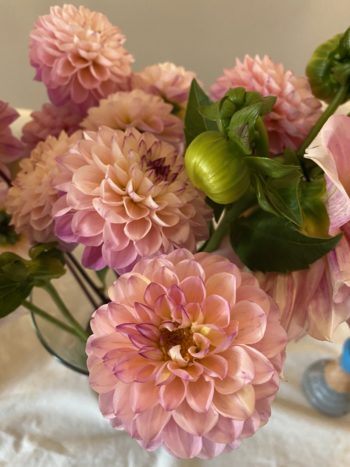
* Draw or paint
* Play with clay or dough
* Dance
* Change your meal plan
* Play catch
* Skip rope
* Sing
* Play music while cooking and sing
* Eat a fresh veg and fruit meal – find ways to savour them and pick your own fresh produce
* Treat yourself to a bouquet of flowers
* Watch adorable videos – cute animals
* Clean a spot in your home and relish that order
* Water bath – swim, look at photos, bliss out in the water
* Enjoy a view – mountain, forest or beach – in real life or photos
* Hug someone even yourself
* Talk to someone you love
* Tea break with a ritual process
* Do nothing but watch a kettle boil
* Eat chocolate
* Write a real letter to a loved one and mail it
* Watch a favourite happy movie scene or show
* Re-read a favourite book and recall where you read it before
* Cuddle a pet or someone else’s
* Play a fun game like Animal Crossing, or a game that takes you to your youth like Go Fish or Connect Four and recall how it made you feel back then
* Be barefoot outdoors
* Nap
* Cuddle with someone
* Sit in a rocking chair
* Plant something in soil get your hands dirty
* Wake with the dawn – watch a sunrise or sunset and look closely at how the horizon change
* Cold bath plunge
* Bird watch – or watch a butterfly in flight, a snail at a slow pace…
* Self-massage
* Happy place mediation
It might be overwhelming to think of things to do so why not split them up by season? With the Fall Equinox happening this week, it’s a great time to intentionally notice what things might help you glow. Fall is a perfect time to get back in rhythm as it shows us how cycles can be re-invigorating and helps us bring this awareness into our own life. Think of the 5 senses to help you start a list. Notice how you can navigate a new mindset shift and bring a sense of peace and warmth to your everyday. When we can anticipate a GOOD feeling and something we are looking for instead of dreading, that is a healing way to reset and get back to a rhythm. Have you heard of the concept of Hygge? This is the perfect time to add cozy and rest-encouraged activities and rituals in your everyday life. Let’s harvest some.
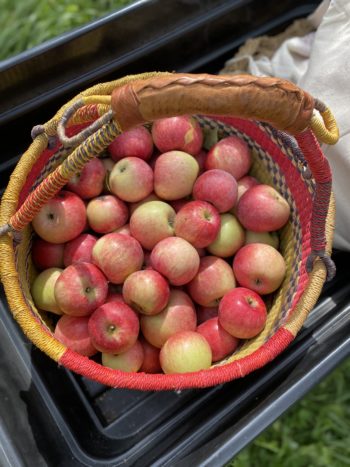
What are some things you look forward to this Fall?
* Drink chai or a spicy tea
* Puzzle play, crosswords, stock up on board games and new books
* Knit (or learn to)another new craft like weaving or macrame
* Get a new journal to write in and capture moments of gratitude
* Light a candle or oils
* Put lotion on your hands and feet at bedtime
* Put together a calming playlist and listen – do nothing else but catch your breathe
* Make Fire Cider
* Have a bath
* Can some fresh food for winter
* Apple picking
* Get a cozy blanket and keep it ready
* Stock up on indoor plants
* Witness a sunrise or sunset
* Get comfy clothes
* Hot apple cider
* Bake – bread, cookies, warm up store-bought cinnamon rolls
* Hug a tree and stare at its branches – fractals are repetitive patterns that help your brain meditate, or effortless looking
* Forest bath – mindful walk in a forest. Lie in it. Be still and focus. Hike. Notice the leaves and their change in colours
* Sitting by a crackling fire
In the next few days, why don’t you sit down with a cup of warm nourishing tea and a piece of paper and pen. Then, jot down some ways that you can add these activities of rest for yourself. What you come up with will be part of your Wellness Toolkit as we prepare for the Winter ahead, one that may be harder than years past. See what you can harvest. Find what makes you glow.


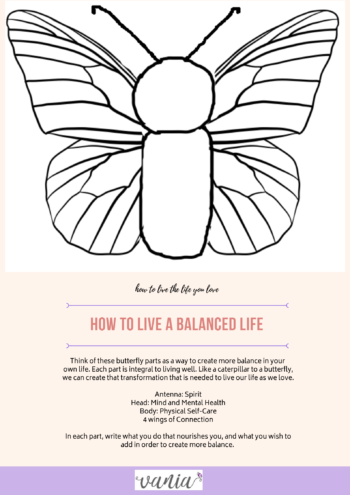
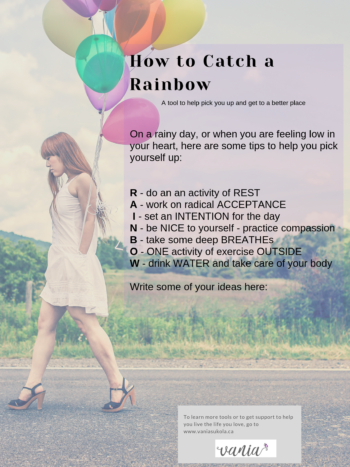
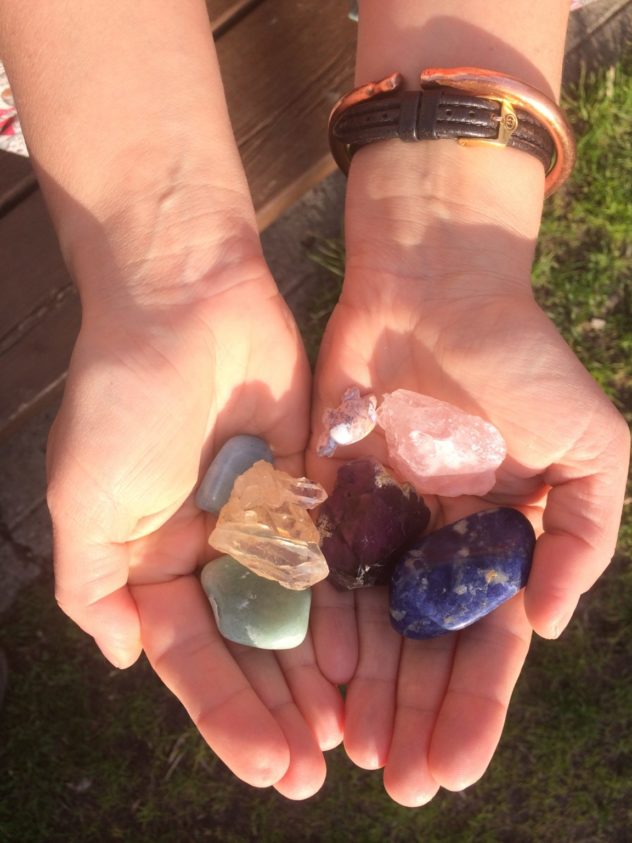

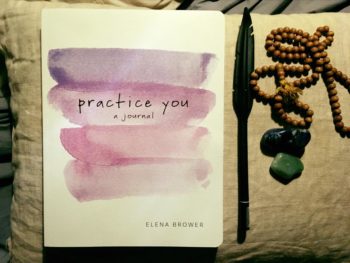 Happy New Year! I’m not one for resolutions as i worry about the pressure and unrealistic goals. But i do like traditions and ways to stay motivated. I benefit from having goals that guide me and keep me accountable to myself.
Happy New Year! I’m not one for resolutions as i worry about the pressure and unrealistic goals. But i do like traditions and ways to stay motivated. I benefit from having goals that guide me and keep me accountable to myself.  As the fog of new parenthood begins to lift, we are faced with the new reality of everyday life as parents. It may take longer than we expected (or want to admit) to get a good night’s sleep or a long bubble bath—let alone have a date night… without our babe in tow.
As the fog of new parenthood begins to lift, we are faced with the new reality of everyday life as parents. It may take longer than we expected (or want to admit) to get a good night’s sleep or a long bubble bath—let alone have a date night… without our babe in tow.